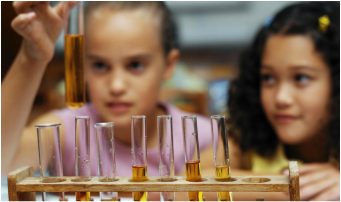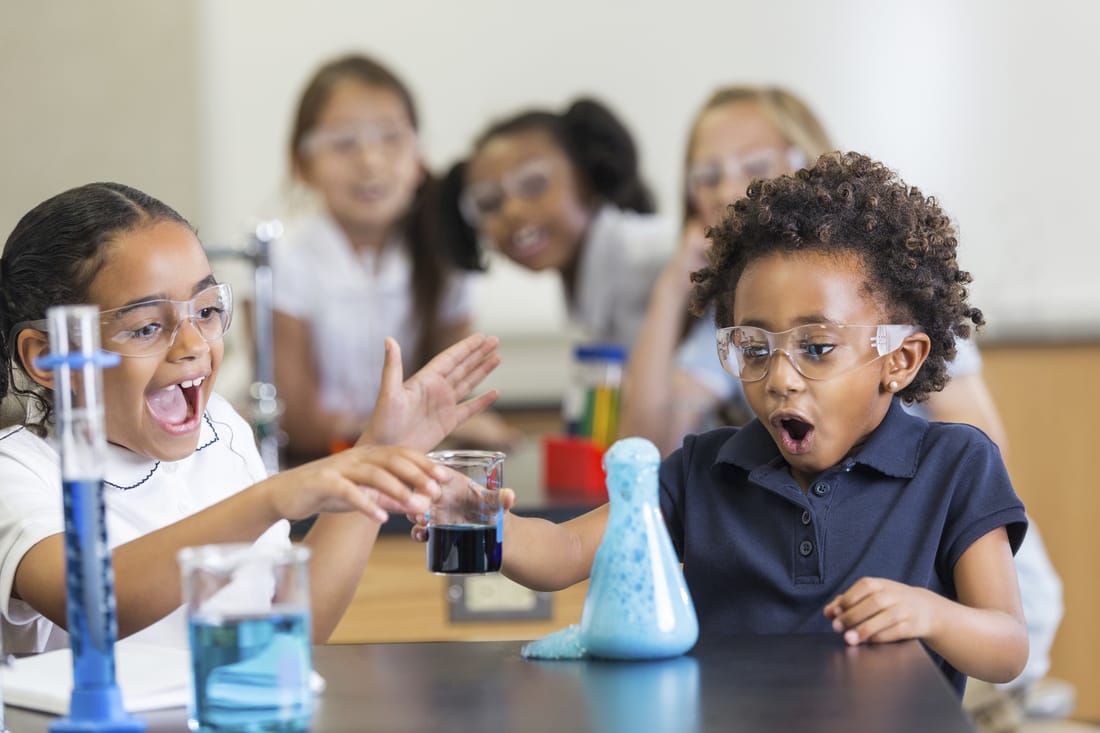How Do Students Best Learn Science?
The current research on how students learn clearly indicates that students need to be engaged in doing science rather than just hearing about it, figuring out as opposed to knowing about. For this reason, activities in my classroom are designed around problems that allow students to confront their misconceptions, investigate questions they find important, and provide students a reason to fully engage in the learning process. Since the focus is on students figuring out science, it is also important that students learn in an environment that is not focused on sharing the “right” or “wrong” answer, but on using evidenced-based thinking to improve both their personal understanding of the topic, as well as the understanding of the entire group.
For more information, feel free to check out this statement from the National Science Teacher's Association.
|
How is this Reflected in the Classroom Curriculum?
Through many of the different activities that students participate in, they will be asked to not just learn or memorize science content, but to apply that knowledge to solve real-world problems. Some examples are listed below:
|


